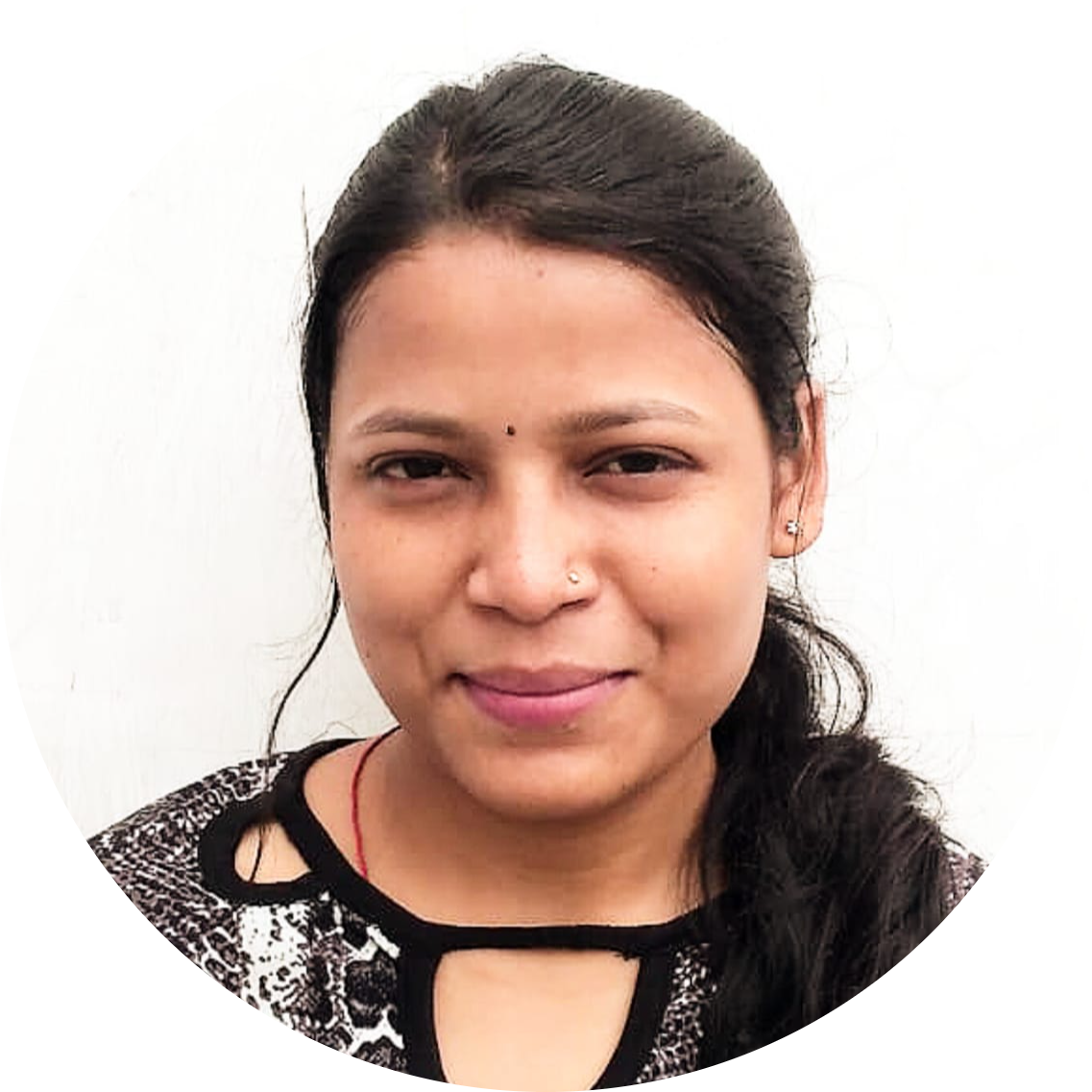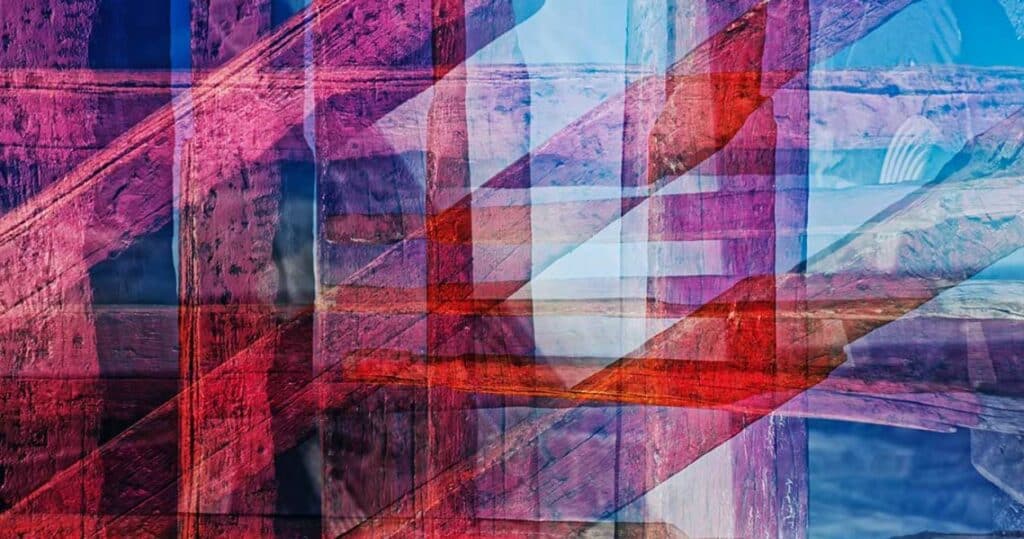“Shaping Unity in Diversity: Celebrating Humanity through the Artistry of 10 Famous Sculptors.”
We would like to take this opportunity to welcome you to the dynamic world of famous sculptors, where artists from all over the world come together to create one-of-a-kind works that reflect the richness of human diversity. The purpose of this article is to take you on a journey through the works of ten talented sculptors who use their art to celebrate the myriad different aspects of our common humanity. These artists convey profound messages that resonate with audiences all over the world, whether they are investigating cultural identity or embracing the beauty that can be found in differences.
In this article, we will shine a spotlight on ten outstanding sculptors who, through the masterful creations they have produced, have contributed to the celebration and exploration of human diversity. Each artist contributes a unique point of view, and they use sculpture as a medium to convey the richness and beauty of our shared experiences.
The realm of art has always been particularly fond of working with metal. Artists have been enthralled for decades by the malleability, strength, and dazzling beauty of this material. When it comes to the realm of sculpting, working with metal offers a one-of-a-kind opportunity for creative self-expression and exploration.
10 Famous Sculptors Celebrating the Richness of Human Diversity
Sculpture has long been used as a potent medium for expressing the diversity of human experience, from the intricate carvings of ancient civilizations to the avant-garde installations of contemporary artists. Sculptors, by virtue of their creative vision, are able to capture the essence of our common humanity while also highlighting the splendour and power of our individual differences.
1. Edna Manley (Jamaica, 1906–1990)

Edna Manley was a pioneer in the field of Jamaican sculpture. Her work can be recognised by the daring forms and expressive use of materials that it features. She frequently portrayed characters from Jamaican folklore and mythology, thereby producing a vivid and genuine representation of her cultural heritage through her artwork.
Key Aspects: Edna Manley (Jamaica, 1906–1990)
| Aspects | Description |
| Cultural Contribution | Pioneer of Jamaican sculpture, Edna Manley’s work reflects the diverse cultural heritage of Jamaica and the Caribbean. |
| Emphasis on Social Issues | Manley’s sculptures often address social and political issues, contributing to conversations on diversity and identity. |
| Legacy | Renowned for promoting the importance of art in shaping national identity and fostering cultural pride in Jamaica. |
2. Elizabeth Catlett (United States, 1906–1987)

Elizabeth Catlett’s experience as a black woman in the United States has had a significant impact on her artistic work. Catlett is an African American. She created sculptures that are both powerful and poignant, exploring topics such as racial identity, social justice, and the female form in her work.
Key Aspects: Elizabeth Catlett (United States, 1906–1987)
| Aspects | Description |
| African-American Identity | Elizabeth Catlett’s sculptures focus on the African-American experience, celebrating the diversity within this community. |
| Social Activism | Catlett was a prominent advocate for civil rights, and her art serves as a powerful tool for addressing social inequalities. |
| Female Empowerment | As a woman of color, Catlett’s work also contributes to the discourse on female empowerment and representation. |
3. Eva Hesse (Germany, 1936–1971)

Eva Hesse is an American sculptor who was born in Germany. Her work is notable for the unconventional materials and innovative techniques that she employs. She challenged conventional conceptions of beauty and form by incorporating commonplace materials such as fibreglass, latex, and rubber into her sculptures. Her work was a success.
Key Aspects: Eva Hesse (Germany, 1936–1971)
| Aspects | Description |
| Innovative Material Exploration | Eva Hesse’s sculptures are known for pushing the boundaries of traditional materials, reflecting a diverse approach to form. |
| Embracing Vulnerability | Hesse’s art often explores themes of fragility and vulnerability, providing a unique perspective on the human experience. |
| Influence on Contemporary Art | A key figure in post-minimalism, Hesse’s impact on contemporary sculpture is celebrated for its experimental and diverse nature. |
4. Martin Puryear (United States, born 1941)

Sculptor Martin Puryear, who is of African American descent, creates works that are notable for their intricate constructions and refined forms. He frequently employs wood, rattan, and other natural materials in the construction of his sculptures, which enable him to achieve an aesthetic that is at once spare and evocative.
Key Aspects: Martin Puryear (United States, born 1941)
| Aspects | Description |
| Craftsmanship | Martin Puryear’s sculptures showcase exceptional craftsmanship, drawing from diverse global traditions and techniques. |
| Minimalism with Cultural Depth | While embracing minimalism, Puryear’s work often incorporates cultural references, offering a nuanced exploration of diversity. |
| Monumental Public Art | Known for large-scale public installations, Puryear’s sculptures contribute to public spaces, promoting accessibility to diverse audiences. |
5. Marc Quinn (United Kingdom, born 1964):

Marc Quinn is a sculptor from the United Kingdom who is known for creating work that is both provocative and frequently controversial. Sculptures of frozen blood, self-portraits made from his own DNA, and life-size sculptures of people from marginalised communities are some of the works he has produced.
Key Aspects: Marc Quinn (United Kingdom, born 1964):
| Aspects | Description |
| Exploration of the Human Body | Marc Quinn’s sculptures often center around the human body, showcasing diversity and challenging conventional beauty standards. |
| Evocative Material Choices | Known for using unconventional materials, Quinn’s work pushes artistic boundaries, inviting viewers to engage with diverse perspectives. |
| Collaboration with Diverse Models | Quinn’s focus on collaborating with individuals of diverse backgrounds contributes to a more inclusive representation of humanity. |
6. Yinka Shonibare (United Kingdom, born 1962)

Yinka Shonibare is a British-Nigerian sculptor whose work is notable for its vivid use of Dutch wax fabric, a material that is a symbol of both colonialism and cultural diversity. When he creates his sculptures, he frequently uses elements that are indigenous to both Africa and the Western world. This results in an aesthetic that is singular and eclectic.
Key Aspects: Yinka Shonibare (United Kingdom, born 1962)
| Aspects | Description |
| Cultural Fusion | Yinka Shonibare’s sculptures explore the intersection of African and European cultures, celebrating cultural diversity. |
| Use of Symbolic Fabrics | Shonibare’s use of vibrant fabrics associated with African clothing adds a layer of symbolism to his exploration of identity. |
| Global Impact | With international recognition, Shonibare’s art contributes to a global dialogue on cultural diversity and post-colonial identity. |
7. Doris Salcedo (Colombia, born 1958)

The trauma and bereavement Doris Salcedo has experienced in her life have had a significant influence on her sculpture. Using things like furniture, clothing, and even human hair, she frequently creates sculptures that are meant to evoke the feeling of there being no one there.
Key Aspects: Doris Salcedo (Colombia, born 1958)
| Aspects | Description |
| Memory and Loss | Doris Salcedo’s sculptures often address themes of memory and loss, providing a poignant reflection on the impact of violence. |
| Social Justice Advocacy | Salcedo’s work is deeply connected to social justice issues, advocating for those affected by conflict and oppression. |
| Collaborations with Communities | Known for engaging with communities, Salcedo’s art involves collaboration, amplifying diverse voices in her artistic narratives. |
8. Anish Kapoor (India, born 1954)

Anish Kapoor is a well-known Indian sculptor who is known for creating monumental sculptures that explore themes related to space, perception, and the human body. In order to create immersive and life-altering experiences, he frequently makes use of nontraditional materials such as water, pigments, and mirrors.
Key Aspects: Anish Kapoor (India, born 1954)
| Aspects | Description |
| Monumental Scale | Anish Kapoor’s sculptures often captivate with their monumental scale, engaging viewers in a powerful and immersive experience. |
| Reflective Surfaces | Kapoor’s use of reflective surfaces adds an interactive element, inviting viewers to engage with and see themselves in the art. |
| Global Influence | As an artist of international acclaim, Kapoor’s work transcends cultural boundaries, contributing to a diverse global art conversation. |
9. Ai Weiwei (China, born 1957)

Ai Weiwei is a well-known Chinese artist who is known for creating politically charged and provocative artwork. He has produced sculptures that offer criticism of the Chinese government as well as raise awareness of issues pertaining to human rights. His work has been shown all over the world, helping to establish him as a preeminent figure in the field of contemporary art.
Key Aspects: Ai Weiwei (China, born 1957)
| Aspects | Description |
| Art as Activism | Ai Weiwei’s sculptures serve as a form of activism, addressing social and political issues, including human rights and freedom of expression. |
| Critique of Authority | Weiwei’s art often critiques authoritarianism, contributing to discussions on power dynamics and diversity in societal structures. |
| Global Impact | With a global presence, Ai Weiwei’s influence extends beyond borders, making a significant contribution to the international art scene. |
10. Hetain Patel (Kenya, born 1956)

Hetain Patel is a sculptor who works in Kenya. His pieces stand out for their intricate carvings and narratives. He frequently draws ideas from Indian mythology and folklore, which allows him to sculpt works that are not only visually stunning but also rich in Indian culture.
Key Aspects: Hetain Patel (Kenya, born 1956)
| Aspects | Description |
| Multidisciplinary Approach | Hetain Patel’s work extends beyond sculpture, incorporating diverse media such as performance and video to explore identity. |
| Cultural Identity Exploration | Patel’s art often delves into the complexities of cultural identity, offering a nuanced perspective on the intersections of heritage. |
| Narratives of Personal History | Through storytelling, Patel’s sculptures weave narratives of personal history, fostering a connection between individual experiences and broader themes of diversity. |
Artists use a wide range of tools and methods to work with materials and make their ideas come to life in three dimensions.Read more about iconic sculptures in our article .
As we draw to a close on our examination of these phenomenal artists, we pause to contemplate the role that the artists’ bodies of work have played in advancing greater awareness of and appreciation for diversity. As an artistic form of expression, sculpture has the potential to cross boundaries and bring us together in the common celebration of our individual identities. The fact that these sculptors use a range of styles and subjects shows how art can be used in a lot of different ways to promote understanding and acceptance.
FAQ
How do these sculptors incorporate diversity into their works?
These sculptors celebrate diversity through a variety of techniques and themes, such as exploring cultural identities, representing different body types, and addressing social issues related to diversity.
Where can one view the works of these artists in person?
Many of these sculptors have their works displayed in galleries and museums around the world. For information on current exhibitions, visit the artists’ official websites or contact local art institutions.
Are these artists focused on a specific form of diversity?
While some artists focus on specific aspects of diversity, many explore a wide range of themes in their sculptural works, including cultural, racial, gender, and social diversity.





